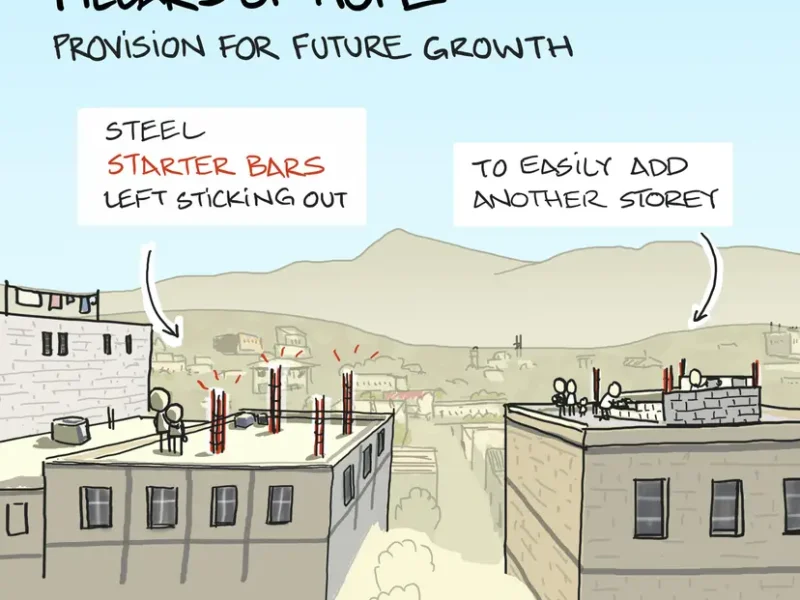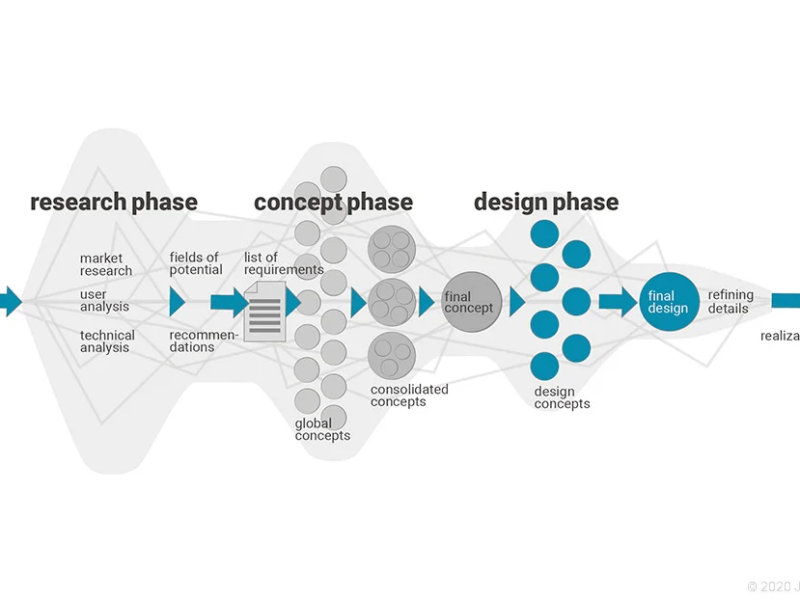A few days ago, I posted the first part of how to get started in UX design, and those are six steps.
Today I am sharing these hard steps and how it takes you a while to accomplish your goal.
And you should expect this whole process usually will take something around between six months to a year if you’re serious about this.
Especially if you’re doing it alongside another job and you’re learning this on the side, so it’s not easy, and that’s why I started with a step of figuring out whether this is for you or not.
Because it’s a serious commitment, and unless you want, you won’t be able to go through the whole process to offer you some additional help.
That’s why I want to share a few lessons that I learned the hard way to go on through this journey.
The first step is to find a partner with that you can do this.
So find a friend, find someone that you may like to know a little bit, just anyone who can be an accountability partner for you.
What that means is that if you find a friend who also wants to learn about UX design. You can start doing this together and ensure that both of you are making promises to each other.
When you’re checking out the explanations between you and your partner every few days, or at least once a week, and you’re discussing the progress you’re making.
A promise to your accountability partner sounds like okay in the coming week I will do:
- Finish the first module of the course,
- Do some practice, and this is what I want to have by the end.
The reason why this works and is important is just that you break promises to yourself all the time, and we all do this. But, it’s much harder, and you feel a lot more you know shame when you’re breaking a promise to someone else.
Having someone to go with you on this journey is helpful. But if you can count on a friend to do it, that’s great.
If not, then maybe you can do it through a community that I suggested earlier in the previous post, that’s the first step, and it’s an important one in this process.
The second lesson that I learned the hard way is to set a deadline for yourself.
So, as I mentioned earlier in this post, this journey might take you six months up to a year. During that journey, you want to have some concrete milestones and deadlines.
So that’s why I suggested courses for you that are very structured week by week, but you need to keep that structure even after you finish the training as you’re learning the tools as you’re looking for a job.
Keep this in mind. The reason why you need to set up a deadline is that it will force you to make some hard decisions about:
- What, to prioritize.
- What, do you need to do?
- How much time you can dedicate to learning, and.
- How much time do you invest in practicing?
But without a deadline, you will never finish it. If you say I want to learn UX design and don’t give yourself a deadline, you’ll be saying that for years, and I’ve seen this with other people, and you won’t be making any progress.
So you need to be setting deadlines constantly, you need to have one big deadline if you want to get a UX Design job within six months or a year, and then you need to break that down month by month.
Something like:
- Okay, if I want to get a job within six months, what do I need to do one by month, two by month three and four, and so on? And then break that down even further week by week.
- Okay, this week, I need to do these modules, and I need you to know to design two screens or whatever is required until you get to planning out the day level.
The third lesson that I learned the hard way is blocking out your time to learn and practice.
So, what that means is that if you’re a student or if you are someone who’s working another job, you need to find hours in the day, whether it’s in the morning or in the evening, where you can learn and practice.
And my tip for you is to put it on your calendar. If you don’t use a calendar yet, you should start using one right now, so everyone has a calendar on their phone, tablet, computer, and so on.
Just create a recurring event for yourself maybe, it’s better after work in the evening, you know, something around 7 pm to 9 pm. Or maybe, it’s the first thing you can do in the morning, you know 6 am to 7 am, no matter how long or short it is just committed to the daily event.
So that you’re making daily progress because if you set up a goal for yourself to finish something within a month. But then you don’t give it any time during the day it’s never gonna get done, because you will only get to that goal after one month by slowly chipping away at it day after day after day.
Lesson number four is about publishing your work.
I’ve already mentioned this, but it’s that important you practice and then publish your work someplace, just start a blog somewhere on Medium or Tumblr or whatever it is or WordPress and start documenting your learning journey this is important if you don’t commit to putting something out there and this should be one of your milestones and deadlines to say I publish a design once a week and put it out there and that’s how you slowly build a portfolio it’s not about like getting these pretty images and then putting them on a website, it’s about slowly and surely building up your portfolio by doing good design work and going through the whole process all the steps included.
And the last lesson that I have to learn the hard way is that you can’t avoid getting feedback.
So the best part about design is that you get to design a new app that you’re excited about and you think it’s a lot better, but you don’t want to face the hard truth of showing it to other people and then not liking it as much as you do.
But this is a reality that’s happened time and again when you’re a designer. So, it’s important not to avoid critical feedback just so that you won’t feel bad. You need to take out your design, publish it, show it to your friends, and then get feedback on it.
Even better, you need to get feedback from other designers who can tell you what you did wrong and how you can improve it because you might show an app to someone and they might not like it and can’t tell you what’s wrong with it but another designer can.
That’s where the importance of a community comes in so that’s an important lesson as you’ll notice these lessons all tie back to the steps that I mentioned earlier and all of them are important for you to consider when you’re going on this learning journey otherwise the chances of you completing this journey are much much lower.
One last resource I want to share with you is a list of three books that will help you to begin to understand the world as a designer and think like one of them.
The first book is Don’t Make Me Think by Steve Krug, and this is a good book for someone who wants to design an app website, or any digital product. It has also a good set of principles, it’s a funny book and short to read as well as you can see it’s not a very thick book.
The second book is The design of Everyday Things by Don Norman that book will give you a designer eye, and you’ll start to see things differently and begin to consider how everyday objects are designed, what makes a good design, what’s a bad design and you’ll enjoy that if you’re going into UX design.
Finally, the last book I want to share with you is the one called Sprint by Jake Knapp, this book was written by the author while he was working in Google Ventures, so this process came out of Google.
It’s a great process for solving big problems, so the full name of the book is a sprint on how to solve big problems and test new ideas in five days. So it’s a great way to take all of the design processes and condense it into five days you go everything from understanding the challenge to coming up with alternatives and prototyping and saying all within one week.
I am a big fan of this process, and it’s a great one for you to learn if you’re just starting in design. So those were my six key steps for going from a complete beginner to someone who can get a UX design job in a short amount of time, and when I say a short amount of time, I mean like six months to a year.
This is a two-part post. You can check the first part of How to get started in UX design – Part One


